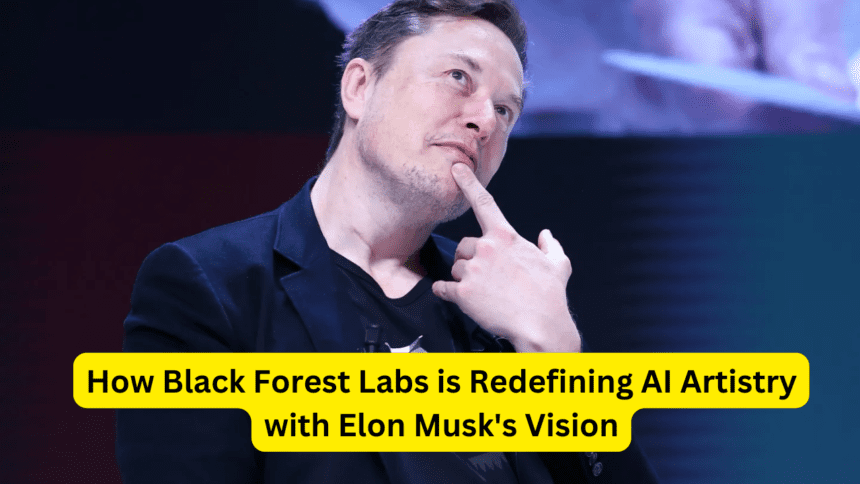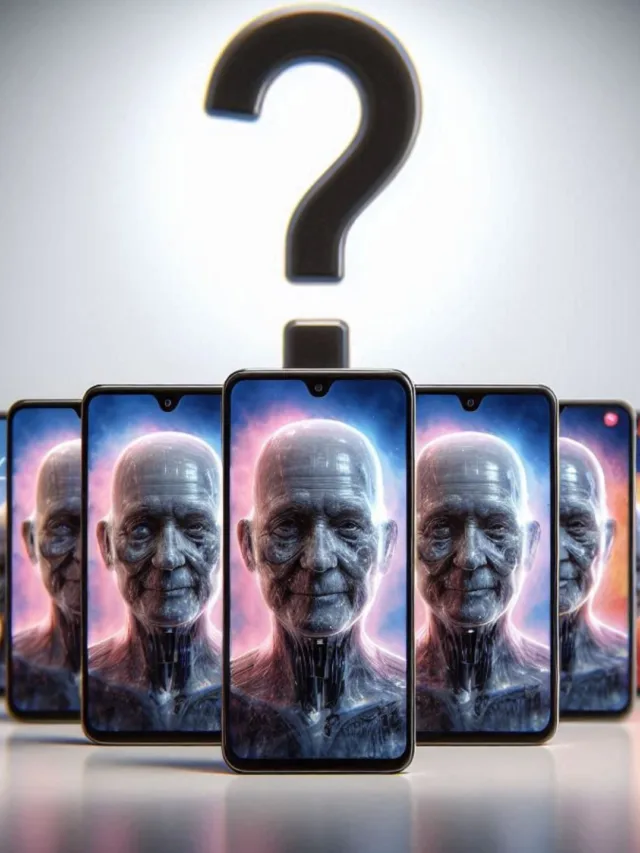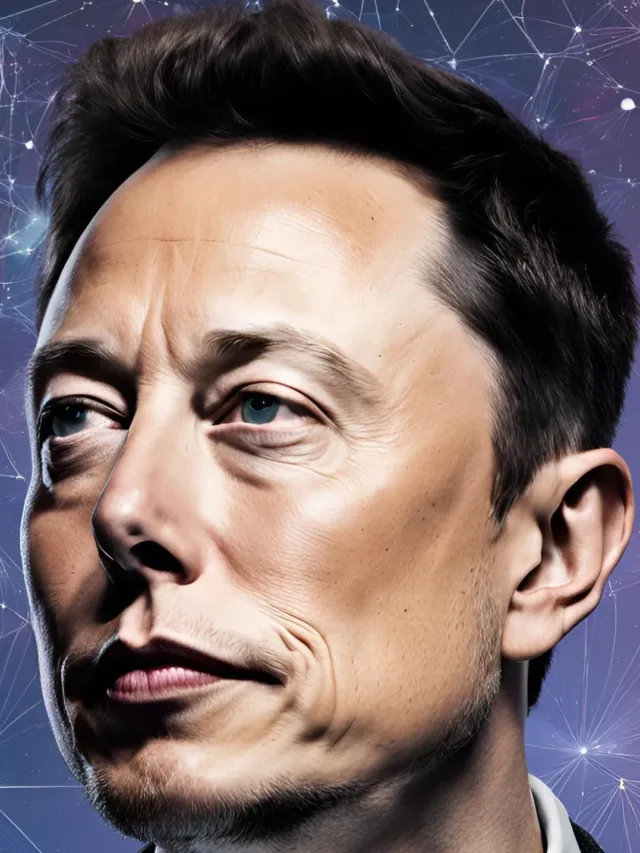On a recent Tuesday night, Elon Musk’s Grok unveiled a new AI image-generation feature, raising eyebrows with its minimal safety protocols. This innovation, akin to Grok’s chatbot, enables the creation of audacious imagery, like a fictional Donald Trump smoking marijuana on the Joe Rogan show, which can be effortlessly uploaded to the X platform. Yet, this isn’t entirely Musk’s doing; the true driving force behind this provocative feature is a fledgling entity known as Black Forest Labs.
The Power Behind Grok’s Image Generator: FLUX.1 Model
This partnership came to light when xAI announced its collaboration with Black Forest Labs, utilizing the FLUX.1 model to power Grok’s image generator. Established on August 1, Black Forest Labs—a startup specializing in AI image and video generation—appears to align with Musk’s vision of an “anti-woke chatbot,” circumventing the stringent safety measures found in OpenAI’s Dall-E or Google’s Imagen. The resulting deluge of outlandish images on social media is evidence of this collaboration’s impact.
Black Forest Labs: A Rising Star in AI
Headquartered in Germany, Black Forest Labs emerged from stealth mode with an impressive $31 million in seed funding, spearheaded by Andreessen Horowitz. Other prominent backers include Y Combinator’s CEO Garry Tan and former Oculus CEO Brendan Iribe. The company’s founding trio—Robin Rombach, Patrick Esser, and Andreas Blattmann—previously played a role in the development of Stability AI’s Stable Diffusion models.
Surpassing Competitors: The Quality of FLUX.1
According to Artificial Analysis, the FLUX.1 model from Black Forest Labs surpasses Midjourney’s and OpenAI’s image generators in quality, as rated by users in an image arena.
Democratizing AI: Black Forest Labs’ Vision
The startup is committed to democratizing access to their models, offering open-source AI image-generation tools on Hugging Face and GitHub, with plans to venture into text-to-video modeling soon.
Controversial Impact: The Absence of Safeguards
In their launch announcement, Black Forest Labs intended to “bolster trust in the safety of these models.” However, the subsequent influx of AI-generated images on X may suggest otherwise. Images generated through Grok and Black Forest Labs’ tool, such as a Pikachu wielding an assault rifle, couldn’t be replicated with Google or OpenAI’s image generators—copyrighted content contributed to the model’s training, underscoring the point of this approach.
Musk’s Perspective on AI Safeguards
The absence of strict safeguards is likely a key factor in Musk’s choice of collaborator. Musk has long argued that safeguards make AI models less secure. “The peril of training AI to be woke—essentially, to deceive—is lethal,” Musk tweeted in 2022.
Industry Comparisons: FLUX.1 vs. Google Gemini
Black Forest Labs board member Anjney Midha took to X to share a series of comparisons between images generated on day one by Google Gemini and Grok’s FLUX collaboration. The thread highlights the issues Google Gemini has encountered in producing historically accurate depictions of people, often injecting racial diversity inappropriately.
Consequences of Misinformation on X
A deluge of misinformation may be on the horizon for Musk. X has already faced backlash for viral AI-generated deepfake explicit images, such as those falsely depicting Taylor Swift. Beyond that, Grok’s tendency to produce fabricated headlines is a recurring issue on the platform.
Conclusion
Musk seems resolute in allowing such misinformation to proliferate on X. By enabling users to post Grok’s AI-generated images, seemingly devoid of watermarks, he’s effectively turned X into a conduit for misinformation, inundating everyone’s newsfeed.









